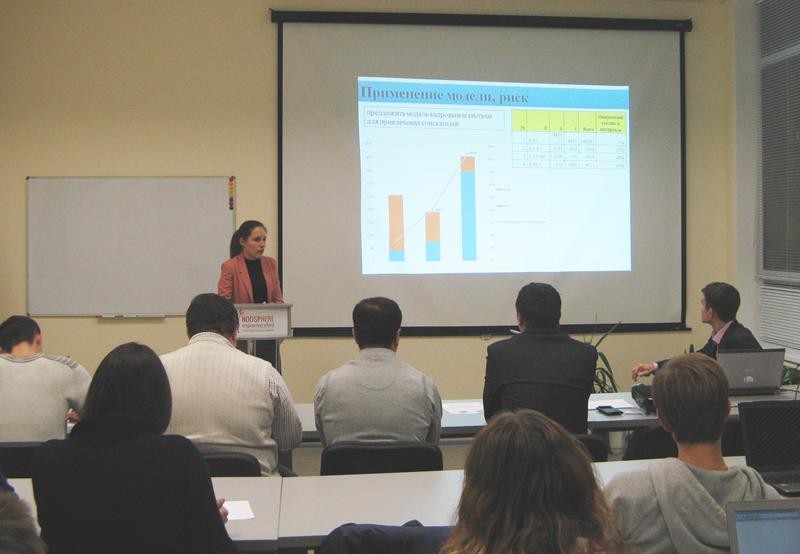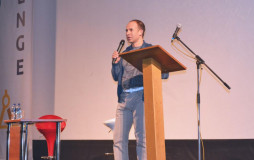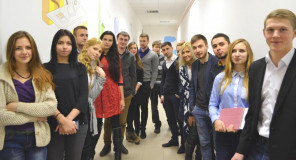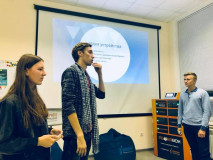Datamining program: outcomes in numbers

"Number rules the Universe!"
However it is the truly the gifted ones who rule the numbers. Today we will talk about some of them.
On November 6 we held the final contest for solutions to the of student DataMining program. So, as is customary for mathematicians, we will speak in the language of numbers.
- 15 students participated in the program.
Initially these students only had theoretical background and skills in applied mathematical methods. In Noosphere Engineering School, they had the opportunity to put what they had learned into practice by solving real-life engineering and economics problems.
- Over 10 weeks the students to delved into DataMining applications as well as the principal objectives and methods of analysis, adopted the principles of working with the required software and implement their own ideas.
- Students were divided in 5 teams.
At the beginning of practical portion of the program they were assigned a technical task to be completed within two and a half weeks. Each team had the same task. They each received the performance results of LinkedIn user profile grabbers. Based on this data, the students predicted the willingness of a certain user to change their job, determining whether it made sense to notify the user about job offers from recruiting companies.
- 3 judges assessed presentations of the teams – Dmitriy Maydanyuk/COO of Databrain, Anton Yashchuk/Analyst of Databrain, Yuriy Letser/COO of Maxima Labs.
- The assessment was made based on 5 criteria:
1.Data preparation
2.Developed model
3.Model accuracy
4.Practical relevance of outcomes
5.Presentation
Based on these criteria, the judges selected the winning team:
Stanislav Dragun, Taras Sovgirenko and Felix Chesnokov.
Alexander Kuzenkov, Program Mentor, shared his impressions of the first DataMining program:
"I like the comprehensive method with which the guys approached the issue of data preparation. Almost all the teams decided to use the logic regression model. At the same time that they were making the analysis, they applied a wide range of mathematical methods which they had learned during the program.
Through solving the problem, the students understand the mechanism of approaches and methods for working with Big Data under uncertainty, unauthenticity, incompleteness and redundancy. Such problems arise in most of the cases of WEB-content analysis. The solutions that were developed enable us to automatically identify a target audience, aggregate the information and acquire accurate statistical data for various research."
Follow our news to be the first to find out about the next enrollment to the Noosphere Engineering School.
Інші новини


Підписуйтесь для отримання останніх новин
Бажаєте реалізувати свій проєкт?
Зв'яжіться з нами і ми допоможемо втілити ваші ідеї в життя!





